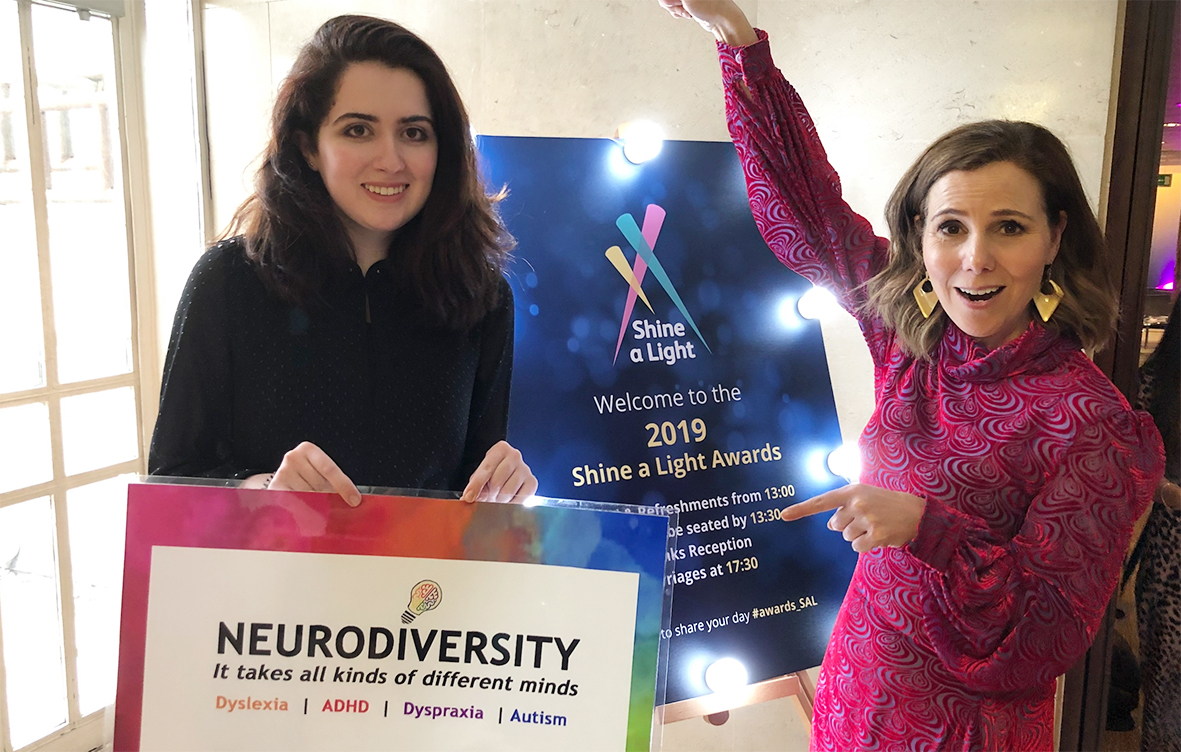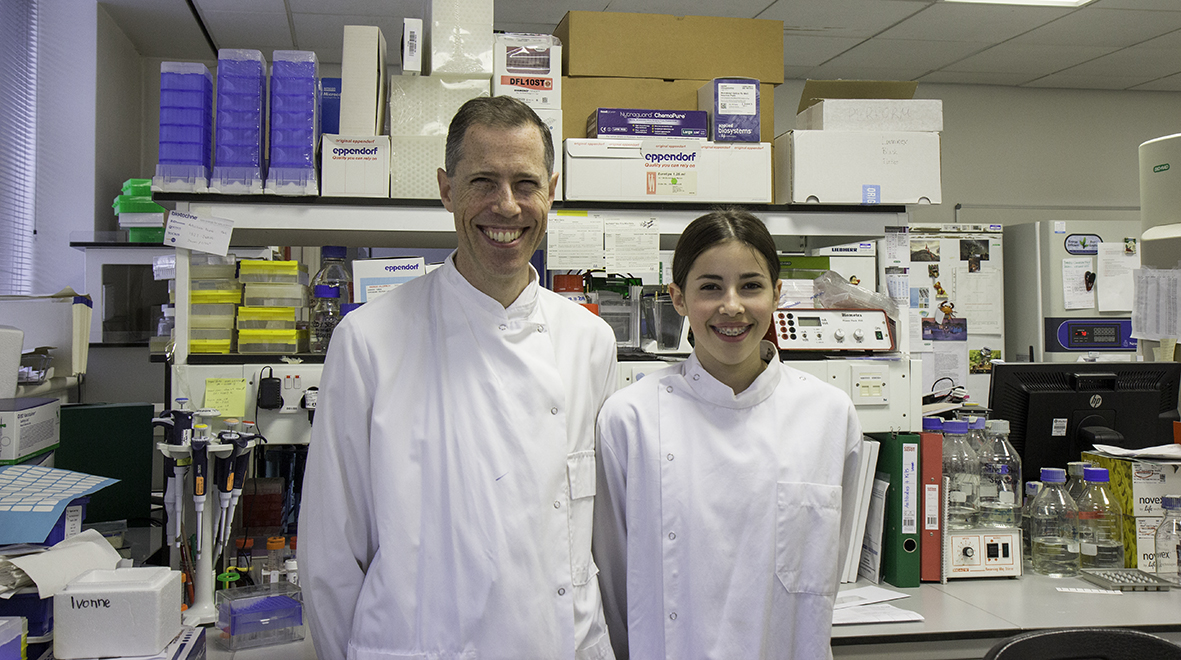
Children’s allergy specialist, Dr Robert Boyle, unpicks the evidence behind the value of allergy tests for children with eczema.
Around one in five children have eczema – and even mild cases can have a big impact on both the child and their family. For many, symptoms will come and go before they start primary school, but for others it can indicate the beginning of a genetic tendency to develop allergic conditions such as hay fever or asthma (or both).
We also know that children with eczema are more likely to develop food allergies, especially if the condition starts in the first few months of life and is severe. Often parents will make the allergy diagnosis themselves – at the sudden onset of vomiting, diarrhoea or rash after eating scrambled egg, for example.
This can be frightening, but doctors can usually easily confirm the cause of these immediate reactions by talking to the parents and offering a confirmatory allergy blood or skin prick test.
In the absence of such obvious physical reactions however, a different question sometimes arises for parents: “Is a food allergy contributing to my child’s eczema and would an allergy test help to find out?” (more…)







 Many researchers study a particular disease because they have a personal connection to someone who has been affected. For researcher Dr Nicky Whiffin, it happened in reverse.
Many researchers study a particular disease because they have a personal connection to someone who has been affected. For researcher Dr Nicky Whiffin, it happened in reverse.
